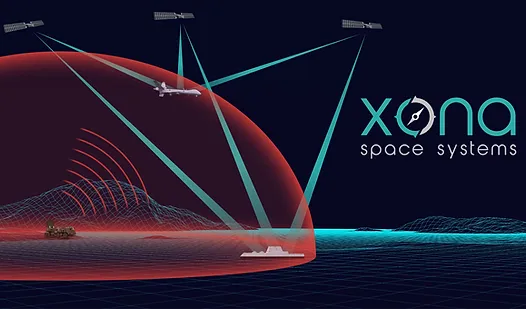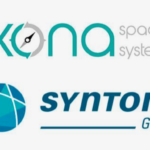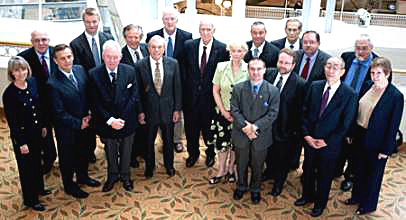Xona Space Systems is now working with the Air Force Research Laboratory (AFRL) and the U.S. Space Force to accelerate the development of its Low Earth Orbit (LEO) Positioning, Navigation and Timing (PNT) architecture that leverages the company’s PULSAR service.
PULSAR is a commercial SATNAV service powered by a constellation of small satellites in LEO. It is designed to provide high-performance PNT to end users, and to offer a resilient alternative to GPS. The $1.2 million Direct to Phase II SBIR (D2P2) contract was awarded through an AFWERX SBIR Open Topic after Xona demonstrated the capability of its patented LEO PNT architecture using the “Huginn” demo satellite in late 2022, according to a news release.
“Lessons from this effort will pave the way for future defense programs to successfully utilize commercial space assets for flexible and diverse SATNAV that is resilient to the adversarial threat,” Colonel Jeremy Raley, Commander, Phillips Research Site and Director of the Air Force Research Laboratory Space Vehicles Directorate said, according to the release. “This investment will contribute to force design analytics that consider contributing signals from multiple orbit regimes.”
Xona recently launched a privately funded PNT mission progressing from concept to on-orbit in less than 12 months. Since then, Xona has validated the capability of its technology on-orbit and built out a growing ecosystem of GNSS receiver and simulator partners with companies such as Hexagon | NovAtel, Septentrio, Spirent, Safran, Syntony and StarNav.
This latest announcement sets the stage for faster deployment.
“Our partnership with the AFRL Space Vehicles directorate and USSF’s Space Warfighting Analysis Center will give Xona the expertise necessary to seamlessly integrate PULSAR into the U.S. national security space architecture,” Xona CEO Brian Manning said, according to the release. “Early assessment of unique DOD PNT requirements will set us up for a successful transition to operational service.”






